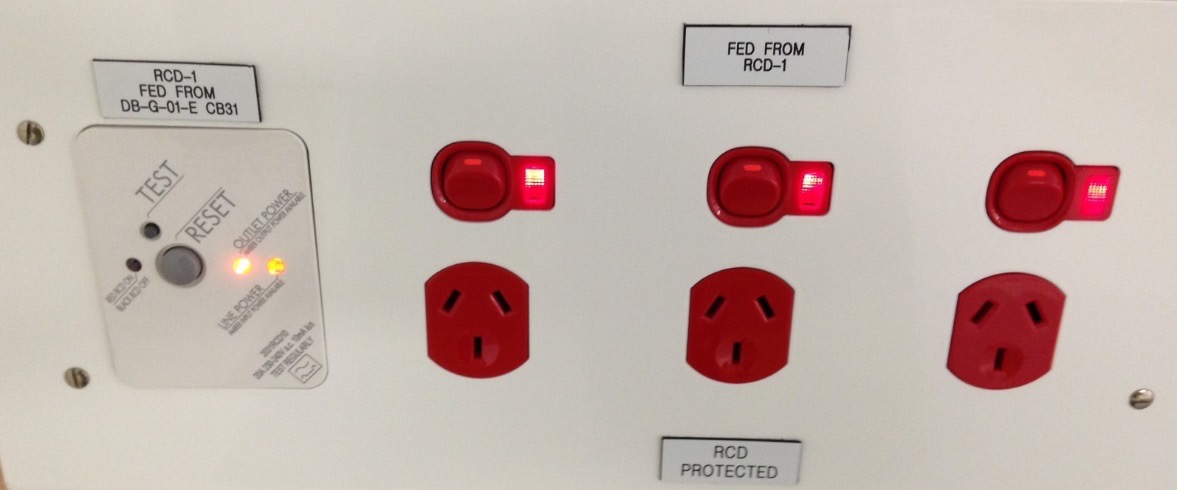Body/Cardiac Protected Medical Installations
-AS/NZS 3003: 2018 is the mandatory electrical installation standard for patient areas in hospitals and medical facilities, for use by electricians undertaking new, alterations, additions and repairs to patient electrical areas classified as “body protected” or “cardiac protected”.
Patient areas include hospitals; medical or dental practices; and/or specialised treatment clinics where electrical medical equipment is used on a person.
The Australian/New Zealand Standard (AS/NZS) outlines compliance on over 80 points for any completed work in; with routine testing to be carried out at intervals not exceeding 12 months by a qualified assessor.
Electrical Testing Company can provide certification of these areas which includes visual inspection and testing to verify compliance with the standard.

Patient Area Electrical Classification
Classification of patient areas as either Body or Cardiac electrically protected is the role of the responsible organisation/entity of health care facilities and institutions.
Electricians are responsible for the correct wiring and protection systems being installed based on the classification by the facility’s responsible organisation/entity.
AS/NZS 3003: 2018 discusses this protocol in Chapter 1 and advises responsible organisation/entity to refer to standard AS/NZS 2500 for advice.
AS/NZS 3003: 2018 has mandatory classification for nominated areas, refer clause 2.2.3 and 2.2.4 for this requirement.
All standards are available from saiglobal.com
Part of the preface to AS/NZS 3003: 2018 on advice for area classification
Advice on whether particular patient areas should be wired as body-protected or cardiac-protected electrical areas is set out in AS/NZS 2500, Guide to the safe use of electricity in patient care. The responsible organization/entity should refer to the safe practice code in AS/NZS 2500 for advice on how these decisions should be based on the type of procedures undertaken in each area and the level of protection against electric shock afforded in the medical electrical equipment available for these procedures.
AS/NZS 2500: 2004 Guide to the safe use of electricity in patient care
This standard is intended for the use by the organization or controlling authority of medical facilities involved in patient care.
It covers the measures required to provide patient and operator safety in respect to electrical equipment and installations, and states as a minimum that all patient areas are required to be wired as body-protected in accordance with AS/NZS 3003.
This may apply in any area of an institution where mains powered medical electrical equipment will be regular used on a client of the facility. (source: saiglobal.com)
AS/NZS 3003: 2018 Electrical installations – patient areas
The electrical installation standard for patient areas in medical facilities, for use by electricians undertaking new, alterations, additions and repairs to patient electrical areas classified as body protected or cardiac protected electrical areas. (source: saiglobal.com)
AS/NZS IEC 60601: Medical electrical equipment – general requirements for safety
This standard serves as the basis for general safety requirements of medical electrical equipment used in healthcare facilities. (source: saiglobal.com)

Medical Area Guide for Engineers, Designers, Facility Owners, Estimators or Electrical Contractors.
For your consideration, we have created a comprehensive guide for persons involved with design and/or installations of body and cardiac protected electrical areas; to serve as an introduction to the scope and scale of AS/NZS 3003 compliance.
PLEASE NOTE: this information does not supersede the code, or the requirement for certification from our company.
Medical Area Guides for Electrical Contractors
For your consideration, we have created guides for electricians involved with installations of body and cardiac protected electrical areas; to serve as an introduction to the scope and scale of AS/NZS 3003 compliance.
PLEASE NOTE: this information does not supersede the code, or the requirement for certification from our company.
